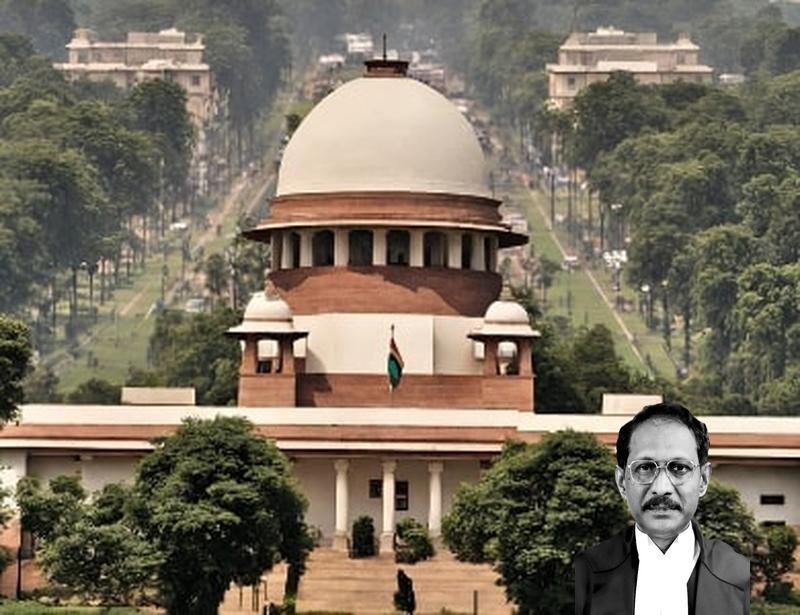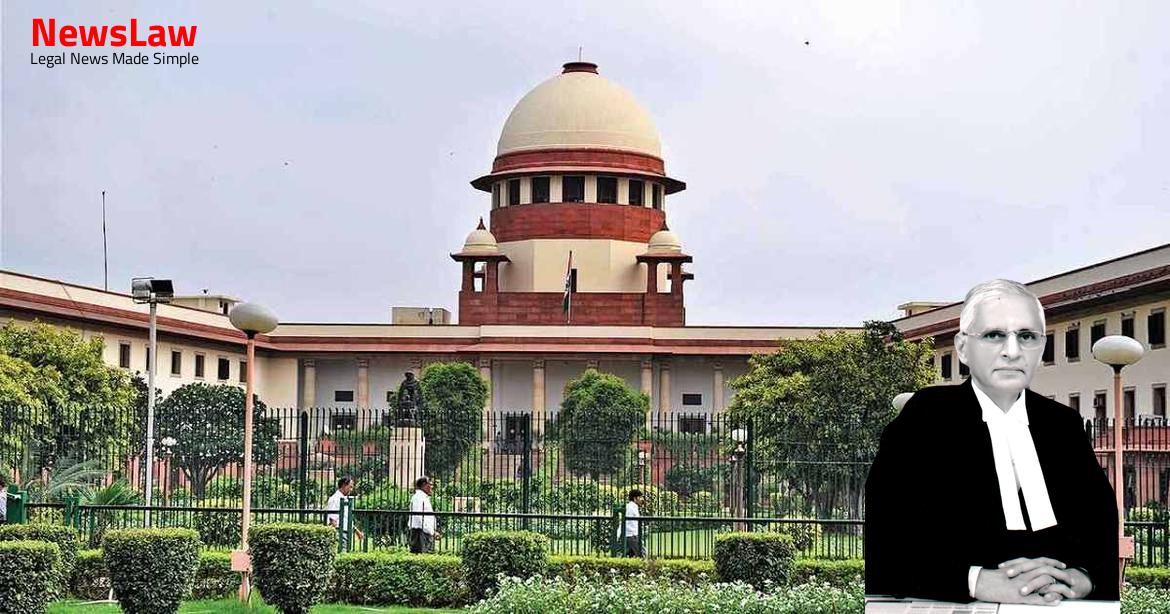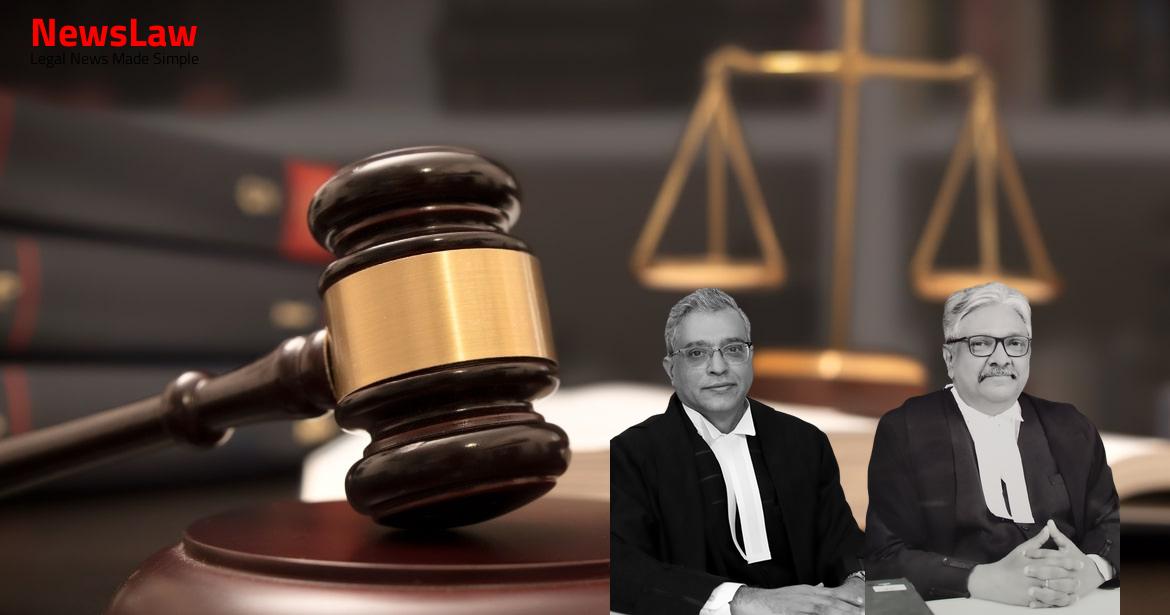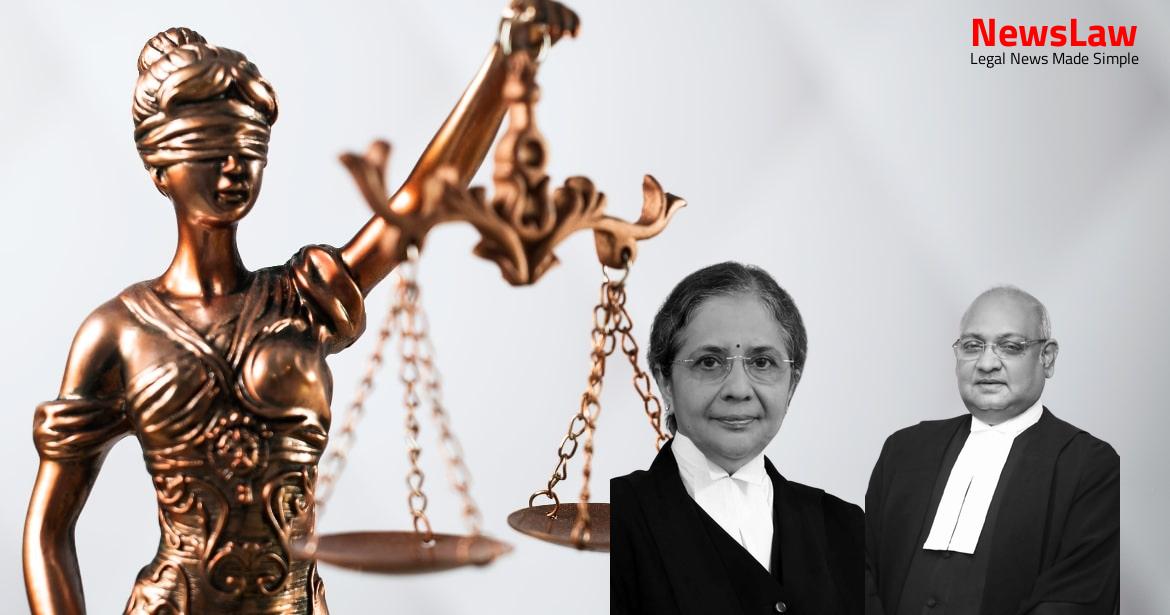No 113 of 1983 before the learned Principal Subordinate Judge, Srikakulam, filed through his guardian, was for declaration of his title to the suit properties that had belonged to Venkubayamma and for recovery of their possession from Kaliprasad, defendant No.1. Thereafter, Venkubayamma executed registered Will Deed dated 03.05.1982 (Ex. Whether the plaintiff is the adopted son of Venkubayamma and the Adoption Deed dated 19.04.1982 ( sic ) is true? PWs 1 to 15 were examined for the plaintiff, Nalini Kanth, by his guardian. Ex C1 is the affidavit dated 16.09.1982 of Balaga Sivanarayana Rao, stating that he had scribed Ex. C2 is stated to be the affidavit dated 16.09.1982 of Pydi Appala Suranna, an attesting witness to Ex. Deposing as PW 1, Pasupuleti Anasuya stated as follows: Venkubayamma had extended an invitation to attend the adoption of Nalini Kanth. The adoption took place at Raghunadha Swamy Temple, Berhampur, at 10 am on 18.04.1982 and all their relations 4 and friends attended the ceremony.
He stated that Venkubayamma was his father’s sister and that he, along with his wife, gave their second son, Nalini Kanth, in adoption to her. In his cross-examination, PW 2 admitted that Venkubayamma brought up Kaliprasad from childhood, got him educated and performed his marriage. He also stated that Kaliprasad was residing in the house of Venkubayamma at the time of Nalini Kanth’s adoption in 1982. A2 to A4 photographs being taken at that time. He stated in his cross- examination that Kaliprasad was with Venkubayamma since ten years. C2 was in his handwriting and claimed that Pydi Appala Suranna had signed therein. He further stated that he told the plaintiff’s counsel that, as he did not see Venkubayamma signing the Will, he would not sign the affidavit. The woman who came from Berhampur gave all the information to write the document and the recital in the Will that the plaintiff’s adoption took place in the house of his natural parents in Chandramanipeta of Berhampur town was made only on the instructions given by the woman. He claimed that the adoption ceremony took place in Raghunadha Swamy Temple and datta homam was also performed. PW 7 stated in his cross-examination that he used to see Venkubayamma once or twice a year at her parents’ house in Chandramanipeta. His evidence was that the thumb prints in the Adoption Deed and the Will Deed were identical to the thumb print of Venkubayamma in the Sub-Registrar’s record pertaining to Ex. PW 11 was from the Registration Department at Kurnool and spoke of Venkubayamma affixing her thumb print in Ex.
However, in his cross-examination, PW 11 admitted that he did not know her personally and relied only on the identifying witnesses.
He admitted in his cross-examination that, though Venkubayamma was about 70 years of age in 1970, she did not appear to be of that age in the photographs. He said that he could identify Venkubayamma and claimed that she was the third person, wearing spectacles, in Ex.
He asserted that he knew Venkubayamma for the last 10 years
but he did not know any other details or when she died.
He further stated that, by the time he attained the age of discretion, Venkubayamma’s hair had turned grey and asserted that it was false that Exs. According to him, Venkubayamma used to write letters to him while he was at Hyderabad and she was in the habit of signing in English using disjointed letters. A10 were not that of Venkubayamma and denied that the thumb marks (Exs. A10 Will is found to be valid, Nalini Kanth would be the sole heir thereunder, but if it is held to be invalid and Ex. A9 Adoption Deed is found to be valid, he 13 would be an heir, as an adopted son, along with Kaliprasad, the grandson. – If a document is required by law to be attested, it shall not be used as evidence until one attesting witness at least has been called for the purpose of proving its execution, if there be an attesting witness alive, and subject to the process of the Court and capable of giving evidence: Provided that it shall not be necessary to call an attesting witness in proof of the execution of any document, not being a 14 Will, which has been registered in accordance with the provisions of the Indian Registration Act, 1908 (16 of 1908), unless its execution by the person by whom it purports to have been executed is specifically denied.
– If no such attesting witness can be found, or if the document purports to have been executed in the United Kingdom, it must be proved that the attestation of one attesting witness at least is in his handwriting, and that the signature of the person executing the document is in the handwriting of that person. It was held that the propounder of the Will is called upon to show by satisfactory evidence that the Will was signed by the testator, that the testator at the relevant time was in a sound and disposing state of mind, that he understood the nature and effect of the disposition and put his signature to the document of his own free will and the document shall not be used as evidence until one attesting witness at least has been called for the purpose of proving its execution. Thimmajamma and others, a 3-Judge Bench of this Court noted that there is an important 16 feature which distinguishes Wills from other documents as, unlike other documents, a Will speaks from the death of the testator and, therefore, when it is propounded or produced before a Court, the testator who has already departed from the world cannot say whether it is his Will or not.
As understandably, the testator/testatrix, as the case may be, at the time of testing the document for its validity, would not be available, stringent 17 requisites for the proof thereof have been statutorily enjoined to rule out the possibility of any manipulation. The two contingencies permitting the play of this provision, namely, denial or failure to recollect the execution by the attesting witness produced, thus a fortiori has to be extended a meaning to ensure that the limited liberty granted by Section 71 of the 1872 Act does not in any manner efface or emasculate the essence and efficacy of Section 63 of the Act and Section 68 of the 1872 Act. The proviso inserted in Section 68 by Act 31 of 1926 dispenses with the mandatory requirement of calling an attesting witness in proof of the execution of any document to which Section 68 applies if it has 18 been registered in accordance with the provisions of the Indian Registration Act, 1908 unless its execution by the person by whom it purports to have been executed is specifically denied. Ranjan Bala Dasi and others, this Court noted that where the attesting witnesses died or could not be found, the propounder of the Will is not helpless, as Section 69 of the Evidence Act would be applicable. On the same lines, in Ved Mitra Verma vs Dharam Deo Verma, having found that the attesting witnesses had died, this Court held that the examination of the Sub-Registrar, who had registered the Will and who spoke of the circumstances in which the attesting witnesses as well as the testator had signed on the document, would be sufficient to prove the Will in terms of Section 69 of the Evidence Act.
Referring to the earlier judgment in Naresh Charan Das Gupta vs Paresh Charan Das Gupta, which held to the effect that merely because the witnesses did not state that they signed the Will in the presence of the testator, it could not be held that there was no due attestation and it would depend on the circumstances elicited in evidence as to whether the attesting witnesses 20 signed in the presence of the testator, this Court held that the mode and manner of proving due execution of the Will would indisputably depend upon the facts and circumstances of each case, and it is for the propounder of the Will to remove the suspicious circumstances. In Bhagavathiammal vs Marimuthu Ammal and others, a learned Judge of the Madurai Bench of the Madras High Court observed that the difference between Section 68 and Section 69 of the Evidence Act is that, in the former, one attesting witness, least, has to be called for the purpose of proving execution and in the latter, it must be proved that the attestation of one attesting witness, at least, is in his handwriting and the signature of the person executing the document is in the handwriting of that person. Therefore, Section 69 of the Evidence Act could have been made use of to prove the Will but no witness was examined who was familiar with the signature of either of the attesting witnesses and who could vouch for the same or produce an admitted signature before the Trial Court. C2 affidavit, supposedly attested of Pydi Appala Suranna, said that he did not even know Pydi Appala Suranna and, therefore, he could not vouch for his identity.
In one, there was no contest to the Will and in the other, the Sub-Registrar himself adduced acceptable evidence in purported discharge of the mandate of Section 69 of the Evidence Act. In consequence, the signatures and thumb marks therein and available with the Registration Department, in connection therewith, cannot be assumed to be those of Venkubayamma. X1 & X2 thumb marks with the thumb marks available with the Registration Department in the context of Ex. PW 2, Nalini Kanth’s natural father, also stated so. Unless there was some catastrophic incident which estranged her from him during those two months, it is not believable that Venkubayamma would have cast out her own grandson and excluded him from her Will.
A9 Adoption Deed, whereunder Nalini Kanth would, in the alternative, claim a half-share in Venkubayamma’s properties, we find that the same are also shrouded with equally suspicious circumstances. It was also held that presumptions of law may be either irrebuttable, so that no evidence to a contrary may be given, or rebuttable, and a rebuttable presumption of law is a legal rule to be applied by the Courts in the absence of conflicting evidence. In this regard, we may also note that Section 11 of the Act of 1956 stipulates the conditions to be complied with to constitute a valid adoption and, to the extent relevant, it reads as under: ‘11. and others, this Court held that the mere signature or thumb impression on a document is not adequate to prove the contents thereof but, in a case where a person who has given his son in adoption appears in the witness box and proves the validity of the said document, the Court ought to accept the same taking into consideration the presumption under Section 16 of the Act of 1956.
In Padmalav Achariya and another vs Srimatyia Fakira Debya and others, the Privy Council found that a cloud of suspicion rested upon an alleged second adoption and the factum of the second adoption was sought to be proved on the basis of evidence of near relatives who were also partisan, which made it unsafe to act upon their testimonies. In Jai Singh vs Shakuntala, this Court noted the statutory presumption envisaged by Section 16 of the Act of 1956 and observed that though the legislature had used ‘shall’ instead of any other word of lesser significance, the inclusion of the words ‘unless and until it is disproved’ appearing at the end of the statutory provision makes the situation not that rigid but flexible enough to depend upon the evidence available on record in support of the adoption. Deu and others vs Laxmi Narayan and others, this Court observed that in view of Section 16 of the Act of 1956, whenever any document registered under law is produced before the Court purporting to record an adoption made and is signed by the persons mentioned therein, the Court should presume that the adoption has been made in compliance with the provisions of the said statute, unless and until it is 30 disproved. The law may be briefly stated thus: Under the Hindu law, whether among the regenerate caste or among Sudras, there cannot be a valid adoption unless the adoptive boy is transferred from one family to another and that can be done only by the ceremony of giving and taking. , a learned Judge of the Punjab & Haryana High Court, faced with the argument that Section 16 of the Act of 1956 required a registered adoption deed to be believed, held that the presumption thereunder, if any, is rebuttable and by merely placing the document on record without proving the ceremony of due adoption, it could not be said that there was a valid adoption. A9 Adoption Deed did not absolve the person asserting such adoption from proving that fact by cogent evidence and the person contesting it from adducing evidence to the contrary. She, herself, admitted that she was not present when the actual ‘giving and taking of the child in adoption’ took place and that she is not 33 seen in Exs. PW 14 (an identifying witness) were examined in addition to the family members, viz., PWs 2 and 3, to speak of their actually seeing the giving and taking of the child in adoption, but we find that their depositions are also not free from doubt. A2 to A4 photographs was not Venkubayamma for the reason that Venkubayamma was a woman of advanced age and it was difficult to believe that she would have dyed her hair at that age, the same cannot be a deciding factor by 34 itself.
Strangely, though a professional photographer (PW 4) was stated to have been engaged for the purpose of taking pictures at the adoption ceremony, he took only three photographs and no more. The adoption ceremony is stated to have been performed at Sri Sri Raghunadha Swamy Temple at Bhapur in Berhampur but as per PW 7, Raghunadha Swamy Temple is not even in Bhapur but in Chandramanipeta and only Ramalingeswara Swamy and Mukteswara Swamy Temples are at Bhapur.
A9 Adoption Deed, Venkubayamma’s signature reads thus: “Moturu bayammma’ and, thereafter, the word ‘Venku” was interjected above.
Case Title: MOTURU NALINI KANTH Vs. GAINEDI KALIPRASAD (DEAD THROUGH LRS.)
Case Number: C.A. No.-002435-002435 / 2010



